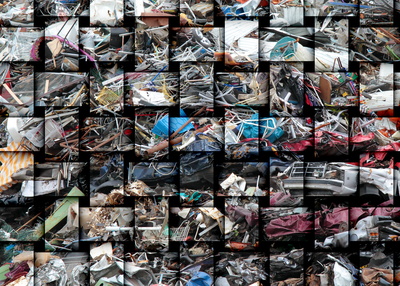Using more scrap is a “no-brainer,” he declared in his guest presentation to the BIR Ferrous Division meeting in Singapore on May 21. “It’s the most efficient and easiest way to go without making too much investment.” Raising the EAF share of world steelmaking to 40% would cut global carbon dioxide emissions by 400 million tonnes per annum, he added.
The historic surge in steel demand will give “a big push” to obsolete scrap availability over the coming decades, Mr Vercammen also told the first BIR Ferrous Division meeting to be chaired by its new President, Gregory Schnitzer of US-based Schnitzer Steel Industries Inc.
Beginning a series of national and regional market updates, a report submitted by George Adams of SA Recycling identified a slowing of scrap flows into dealers’ yards across the USA that is expected to support prices heading into June. Meanwhile in Japan, an increase in steel stocks owing to construction project delays has removed the urgency for domestic EAF mills to procure scrap, explained Hisatoshi Kojo of Metz Corporation. As for Taiwan, Autumn Barnes of Sims Metal Management Global Trade Corporation reported that the country’s steel scrap imports are being affected by current price levels.
Despite “volatile” prices, India, Pakistan and Bangladesh have been providing a good demand for steel scrap which is “expected to continue for the rest of the year”, according to Zain Nathani of India’s Nathani Group of Companies. The Indian Sub-Continent’s strong buying interest was also confirmed in the European market report delivered by Torben Nørgaard Hansen of Denmark-based H.J. Hansen Recycling Industry Ltd AS. Also from the European perspective, Shane Mellor of UK-based Mellor Metals lamented that Brexit is continuing to create “many distortions and uncertainties” as well as a “frustrating lack of confidence”.











